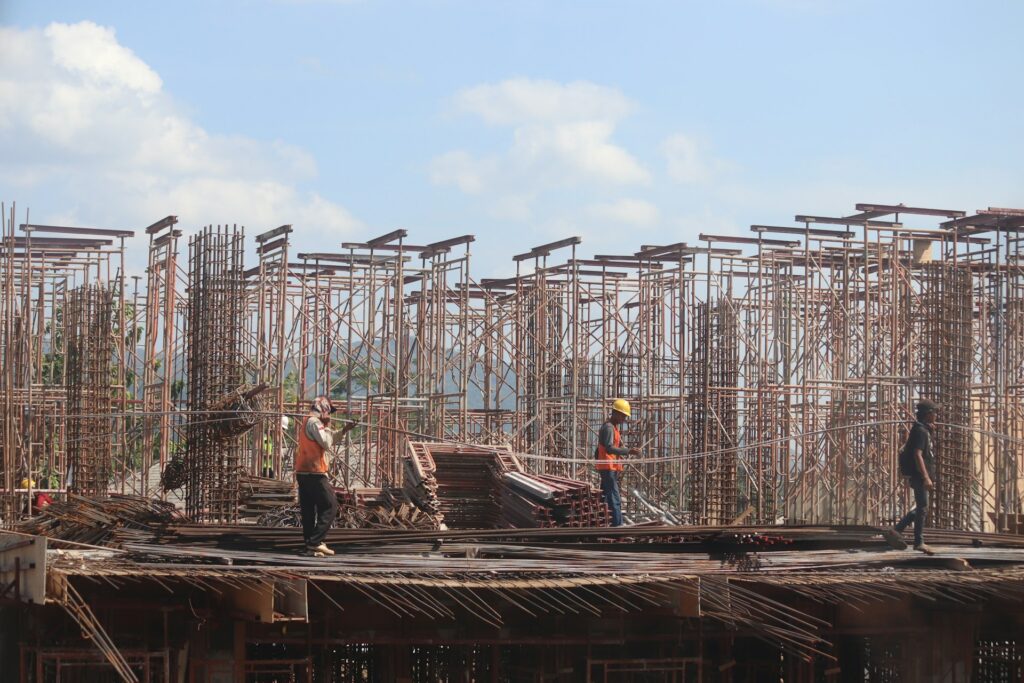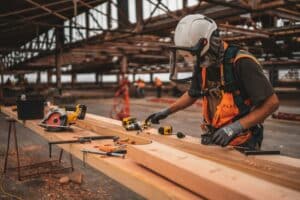Planning a construction project in Thailand can be an exciting task. Whether you’re considering building a new home or a commercial establishment in Koh Samui, understanding the planning approval process is a critical step. Without it, you might face delays or legal complications, which nobody wants. Getting the right approvals ensures your project aligns with local regulations and helps streamline the entire process from start to finish.
Thailand’s unique building codes and regulations can seem complex, especially if you’re unfamiliar with the system. Knowing what to expect and having a detailed plan can make all the difference. A well-prepared application speeds up the process and reduces stress, allowing you to focus on making your construction project a reality. From understanding building codes to navigating applications, let’s explore the key steps for securing planning approval in Thailand.
Understanding Thai Building Codes
Before you break ground on your project, getting a grip on local building codes in Thailand is essential. These regulations ensure that any construction fits aesthetically and functionally within the existing environment. Compliance is not just a matter of following the rules; it’s about making sure your project contributes positively to the community.
Here’s what you need to know about building codes:
– Design Requirements: Building codes in Thailand cover everything from architectural design to safety measures. Your design plans should meet these to avoid future modifications.
– Environmental Considerations: Consider the environmental impact of your project. You’ll need to show that your construction won’t harm local ecosystems or wildlife.
– Safety Standards: Buildings must comply with safety standards, including structural integrity to withstand earthquakes and storms common in tropical areas.
Failing to meet these requirements can lead to significant setbacks. Non-compliance might not just cost you fines but could also result in a halt to your construction project. That’s why understanding these codes can protect your investment and ensure timely progress.
Conducting a Feasibility Study
A feasibility study is your groundwork for any successful construction project. It’s about assessing the practicality of your plans and finding out if your vision aligns with real-world conditions. This step helps prevent unforeseen problems and keeps your project on track.
Key components of a feasibility study include:
1. Site Analysis: Examine the site for potential issues like soil stability and natural hazards. This analysis helps you choose appropriate construction techniques.
2. Environmental Impact: Assess how your project will affect the land, air, and water around it. Sustainable practices can mitigate negative impacts.
3. Utility Availability: Make sure the site has access to utilities like water, electricity, and waste management. Lack of infrastructure can cause costly delays.
Conducting a comprehensive feasibility study gives you a clear picture of potential challenges. It also helps you prepare solutions proactively, thus ensuring your project runs smoothly. As a result, you save time, money, and effort by addressing possible issues before construction begins.
Preparing and Submitting Your Application
The application process for planning approval might seem overwhelming at first, but breaking it down into steps can simplify the process. The first thing you’ll need is a comprehensive set of documents. These include your architectural plans, a detailed project outline, and any necessary environmental assessments. Being thorough with these documents can make a significant difference in the approval process.
Here’s a step-by-step guide to help you submit your application smoothly:
- Gather essential documents like architectural plans and environmental reports.
- Complete the application form from the local authority accurately, with nothing left unaddressed.
- Submit all documents to the local planning office, ensuring everything is in order and organized.
Once your application is completed, submit it to the planning authority. It’s crucial to double-check every document for accuracy and completeness. Missing or incorrect information might delay your approval, slowing down your project. Take your time at this stage to ensure everything is prepared thoroughly so you can avoid potential hold-ups later on.
Navigating the Approval Process
After submission, your application enters the review stage. Patience becomes key during this period. The timeline for approval can vary, but understanding what happens during this phase helps manage expectations. During the review, the planning office will assess your project for compliance with local codes and environmental standards.
Be prepared for any issues that might arise. Here are some handy tips for this period:
– Stay in touch with the planning office to receive updates and address any concerns quickly.
– Be ready to provide additional information or amend plans if needed.
– Conduct follow-ups if the process takes longer than expected, expressing your commitment to meet all requirements.
It’s normal to encounter some hurdles. The key is to be responsive and cooperative with any requests from the planning authority. Addressing potential roadblocks efficiently could mean the difference between delay and progress.
Finalizing and Starting Your Project
Once you’ve secured planning approval, you’re on the home stretch! Now, focus on finalizing the post-approval details. This phase includes obtaining construction permits, potentially scheduling any required inspections, and organizing your construction timeline.
To ensure everything is set for groundbreaking:
– Secure all necessary permits aligned with the approved plans.
– Plan your construction timeline, considering any seasonal factors in Koh Samui.
– Verify your budget aligns with materials and labor to avoid surprises.
Starting the construction phase with confidence means knowing you’ve laid the groundwork meticulously. With approvals and permits in hand, you can proceed with the peace of mind that your project meets all necessary regulations.
Building Your Dream Home with CJ Samui Builders
Walking through these steps provides a pathway from vision to reality. Whether you’re developing a personal sanctuary or a commercial masterpiece, understanding the approval process acts as a foundation for success. Having a clear plan doesn’t just guide your project; it ensures you’re prepared for any challenges that come along.
By focusing on the critical aspects of planning and compliance, you can construct with confidence, bringing your dreams to life in one of Thailand’s most beautiful locations. As you embark on this process, recognize the effort invested now paves the way for a seamless and successful journey ahead.
Ready to start your construction journey with confidence? With CJ Samui Builders by your side, you can embark on your project seamlessly, knowing every step is managed by experts. Explore how our construction planning services can make your vision a reality in Koh Samui. Reach out today and let’s build something amazing together.




